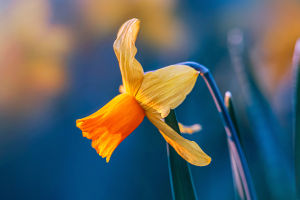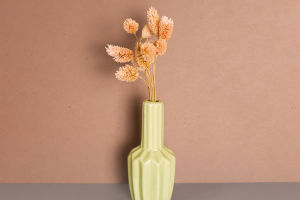Fungi, an essential part of our ecosystem, come in various forms and species. While some fungi, particularly mushrooms, are delicious and packed with nutritional benefits, others can be deadly if consumed..
Differentiating between edible mushrooms and poisonous mushrooms is crucial for foragers, chefs, and food enthusiasts alike. Let’s dive into the world of fungi to explore their characteristics, benefits, and the potential dangers they pose.
Edible Mushrooms
Edible mushrooms are prized for their taste, texture, and nutritional content. They are rich in essential nutrients like vitamins (especially B and D), minerals, fiber, and protein. Here are a few common types of edible mushrooms:
Button Mushrooms (Agaricus bisporus): One of the most popular varieties worldwide, they are mild in flavor and often used in salads, soups, and sauces.
Portobello Mushrooms: A mature form of button mushrooms, they have a meatier texture, making them a favorite substitute for meat in vegetarian dishes.
Shiitake Mushrooms: Known for their rich, savory flavor, these mushrooms are popular in Asian cuisine and are linked to immune-boosting benefits.
Chanterelle Mushrooms: With a delicate, fruity flavor, chanterelles are often found in gourmet dishes and are a popular choice for foragers.
Oyster Mushrooms: These fan-shaped mushrooms have a mild taste and are commonly used in stir-fries and soups.
These edible mushrooms are not only tasty but also boast various health benefits, including improved immunity, cholesterol regulation, and antioxidant properties. However, it’s important to ensure that the mushrooms you consume are correctly identified as edible, as many poisonous species closely resemble these safe varieties.
Poisonous Mushrooms
While edible mushrooms offer numerous health benefits, there are many species of poisonous mushrooms that can cause serious harm if ingested. Here are some of the most dangerous types:
Death Cap (Amanita phalloides): This deadly mushroom resembles some edible varieties, making it particularly dangerous. It contains toxins that can cause liver and kidney failure, often leading to death if consumed.
Destroying Angel (Amanita bisporigera): Another highly toxic mushroom, the Destroying Angel is often mistaken for edible species. Ingesting even a small amount can lead to severe poisoning and potentially fatal organ damage.
False Morels (Gyromitra spp.): Though they resemble edible morels, false morels contain a toxin that can lead to gastrointestinal distress and, in severe cases, death.
Autumn Skullcap (Galerina marginata): This small, brown mushroom contains deadly amatoxins similar to the Death Cap, making it highly poisonous.
How to Differentiate Between Edible and Poisonous Mushrooms
Identifying edible mushrooms from poisonous ones can be tricky, especially for novice foragers. Some poisonous mushrooms closely resemble edible species, which is why it is crucial to avoid consuming wild mushrooms unless you are certain of their identity. Here are some tips for safe foraging:
Consult an Expert: If you’re new to mushroom foraging, it’s wise to go with someone experienced who can accurately identify the species.
Use a Guidebook: Mushroom identification books and apps can help you differentiate between safe and toxic varieties.
Observe the Environment: Many poisonous mushrooms grow near dead trees or in dark, damp environments. While this is not a surefire way to identify them, it can serve as a clue.
Spore Prints: Some foragers use spore prints to help identify mushroom species. By placing the cap of a mushroom on paper and observing the color of the spores, you can sometimes distinguish between toxic and edible species.
Fungi are fascinating and diverse, with many species offering rich flavors and numerous health benefits, while others pose serious risks. Understanding the difference between edible and poisonous mushrooms is essential for safe foraging and consumption. Always be cautious, and when in doubt, consult an expert to ensure your mushrooms are safe to eat. Lykkers, with proper knowledge and care, you can enjoy the world of fungi while avoiding its dangers.
Introduction to Fungi
Video by ATP


